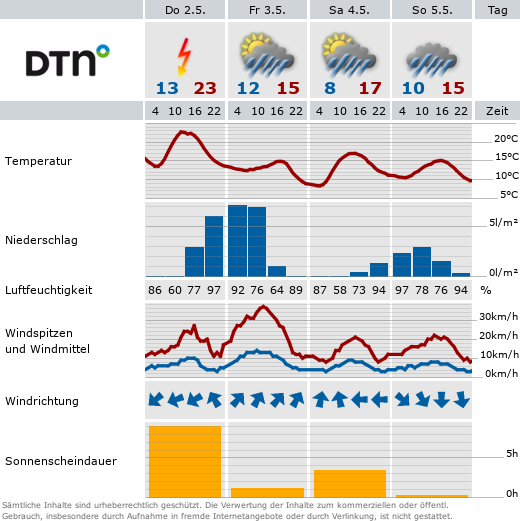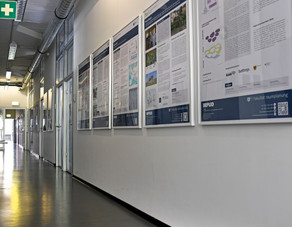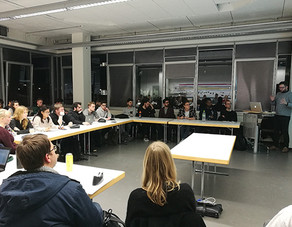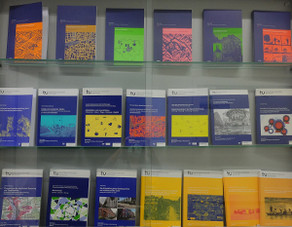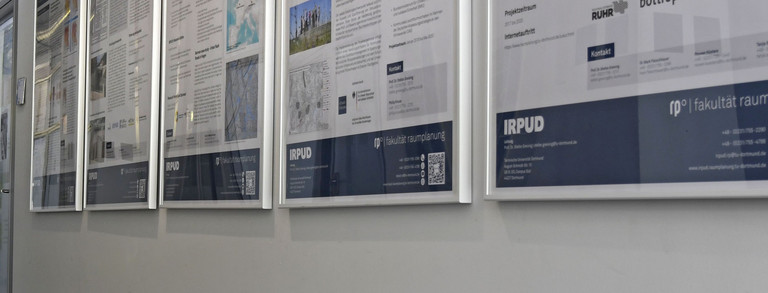ANFO: Successful first online validation workshop on drought impacts in Olfen
- Projects
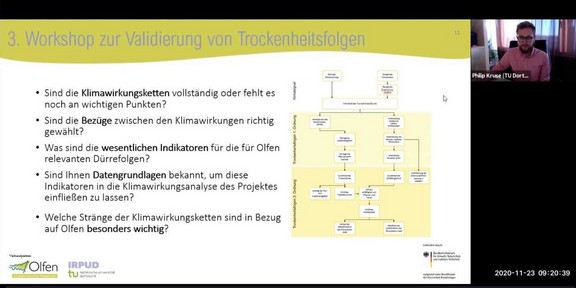
In recent years, the increase in dry periods has been clearly noticeable. However, there are only a few concrete approaches in Germany to adapt to this extreme weather. To develop suitable measures, a municipal ‘s lighthouse project Strategy to Adapt to the Impact of Drought in Olfen (ANFO) develops adaptation measures in the city of Olfen. Low precipitation, long sunshine duration, and dry winds affect several fields of action addressed in the project. These fields of action include agriculture, forestry, water management and inner-city consequences on construction and green space management.
The team is currently finalising climate impact chains which are the basis for a climate impact analysis for the city of Olfen. The online workshop on 23rd November 2020 aimed to validate current results, compare them with their concrete manifestations in Olfen, select suitable indicators, and reflect the effects in a climate impact assessment. Since the ongoing pandemic does not allow in-person meetings, the workshop was held as an online event via Zoom. Survey and whiteboard functions were used to ensure the interactive experiences of the workshop.
Participants with different expertise joined to cover a wide range of fields of action. The group of seven experts enabled effective discussions with employees from the NRW Chamber of Agriculture, the NRW State Environmental Agency, the District of Coesfeld, Schloss Sandfort, and a local tree and a plant nursery. With the digital workshop tools, indicators for the individual drought impacts were collected, and the relevance of each impact was highlighted. Many helpful inputs were given, especially in the intersectoral field of action of construction and green space management.
The validation workshop provides a basis for the GIS-based climate impact analysis, which will model the consequences of drought. Based on this, requirements for action will be identified and discussed in a further workshop in summer 2021. The overall project objectives are to identify the requirements and possible actions for dealing with drought in the small rural town of Olfen and to develop a general guideline for dealing with the impact of drought at the municipal level.


